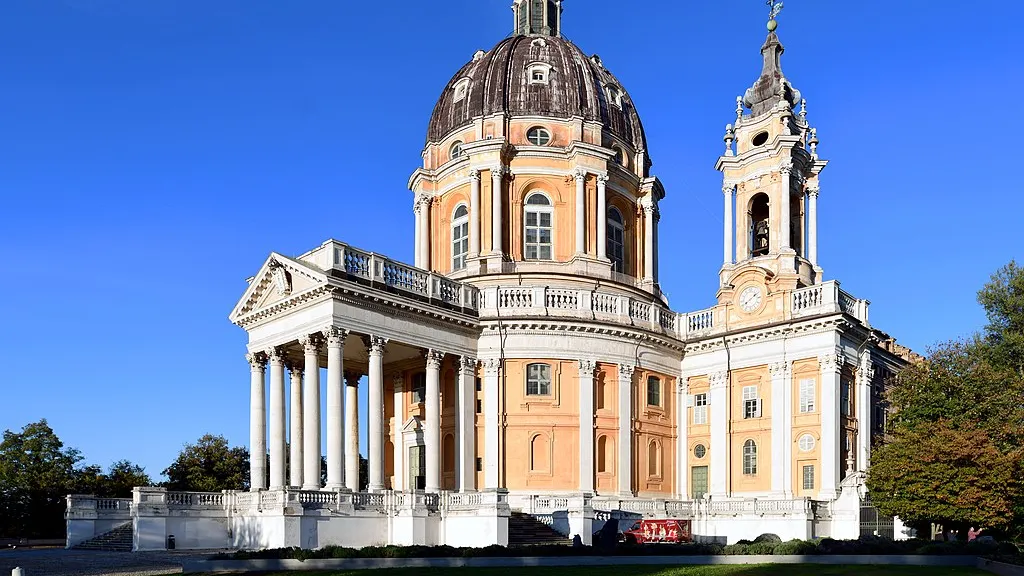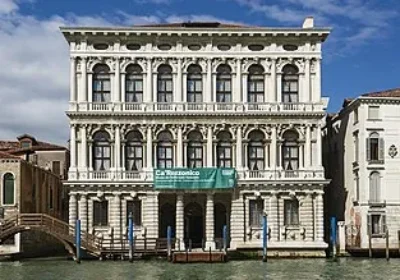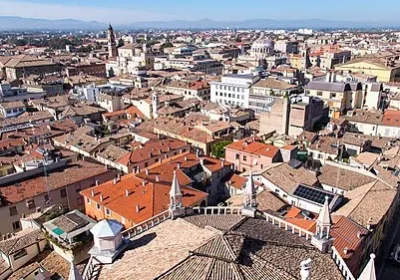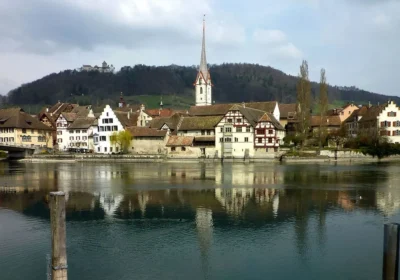From the top of Superga Hill, the Basilica overlooks Turin, recalling the victorious battle of 1706 and the creation of Piedmont as a kingdom. Since its construction, the basilica was the resting place of members of the Savoy royal dynasty until the 1990s. A tour of the church is followed by a visit to the refectory of the monastery, the walls of which are covered with portraits of popes from all times. The descent into the crypt to the marble tombs, richly decorated in late Baroque style, contrasts with the climb up the twisted staircase to the dome of the church, where you can enjoy breathtaking views of the Piedmontese plains and the Alps.
Ten kilometres from Turin, at the top of the Superga hill from which it takes its name, stands the Basilica of Superga, a place where history and legend meet. It is the basilica built because of an oath, the church where the Savoy dynasty was buried, the place where a terrible tragedy took place decades ago.
The decision to build the basilica belonged to Vittorio Amedeo II and was taken at the height of the duke’s reign, during the French siege in 1706.
Two hundred and fifty years after the French siege of Turin, on 7 September 1956, a solemn mass was held in Superga to commemorate all the soldiers who had fallen in those days. It is worth noting that the service was attended by the consuls of Italy, Spain, Austria and France, representatives of the countries that fought for the small town in the north of the country at that time. The construction of the Basilica of Superga began in 1717 and was completed 14 years later.
At the main entrance, the Basilica of Superga welcomes the visitor with an elongated hall decorated with eight Corinthian columns. Turning right at the entrance to the Shrine of the Virgin Mary, a staircase leads up to a tower that offers a stunning view of Turin, the Po River and a series of Alpine peaks.
The chapel to the left of the altar of the Basilica Superga is a favourite with pilgrims: it was on this spot that the Duke vowed to build a basilica in honour of the Virgin Mary. This historic moment is depicted on one of the frescoes that decorate the chapel. The same story is depicted in one of the paintings of the town’s church of St Christina.
Beneath its vaults, the Superga hides a royal mausoleum where the bodies of many princes and kings of the famous Savoy dynasty rest. It has served as a tomb for the noble family since 1731, and the first tomb was that of Vittorio Amedeo II.
The central chapel is a museum of stunning sculptures, as well as an art gallery with many images of all the Popes who succeeded to the Holy See of the Catholic Church after St Peter.
On 4 May 1949, the Basilica of Superga witnessed a terrible accident. The pilot of a plane carrying the players of the super club Torino, flying to a match against Benifica, lost his bearings due to poor visibility and hit the fence of the basilica, the ship was swerved by the impact and it crashed into the ground at a tremendous speed. All passengers, among whom, in addition to the footballers, there were three well-known at the time journalists and technicians who serviced the aircraft, were killed. The tragedy not only claimed the lives of the most talented athletes, but also shattered the spirit of all Italians.
There is now a small museum inside the Basilica of Superga and a memorial nearby, at the site of the plane crash, to the legendary team that lost the most important match of its life – a match with destiny.
At present, there is a memorial to the legendary team that lost the most important match of its life – a match with destiny.

















